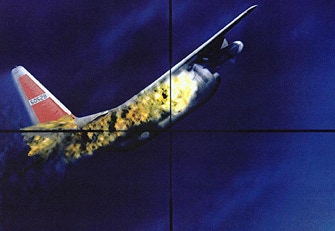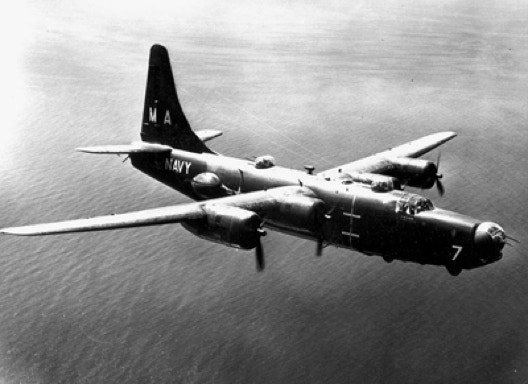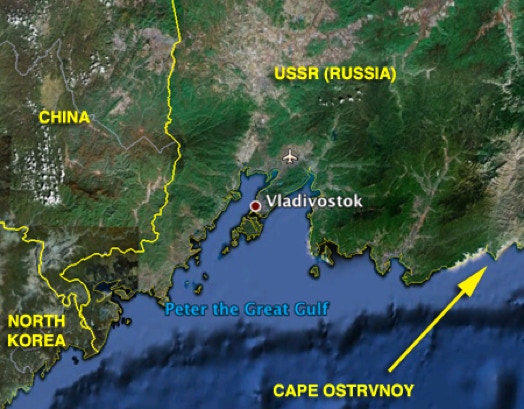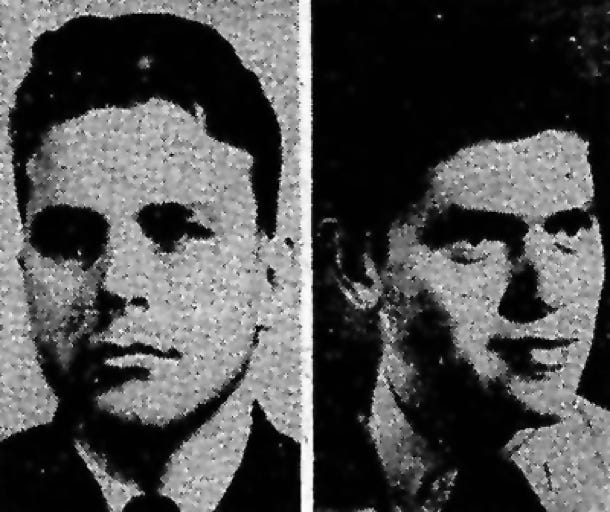DUTY, HONOR, COURAGE, RESILIANCE
Talking Proud: Service & Sacrifice

Airborne Peripheral Reconnaissance, Cold War Losses
“Silent Sacrifices”
USN P2V Neptune, Sea of Japan, November 6, 1951
Soviet La-11 fighters piloted by Lt. Ivan Lukashev and Lt. Moise Shebukin shot down a US Navy reconnaissance aircraft, a P2V Neptune (BuNo 124283), over the Sea of Japan on November 6, 1951. Ten souls were aboard. None were recovered.
Navy Patrol Squadron Six, VP-6, the “Blue Sharks,” flew the aircraft. It was on a Special Electronic Search Project (SESP) Signals Intelligence (SIGINT) mission, advertised as a weather reconnaissance mission under UN Command.
The P2V was flying off the coast of Vladivostok in the Soviet Far East off the coast of Cape Ostrvynoy
The Soviet pilots tried to get the Neptune to land, but its crew refused. The La-11s intercepted the P2V about 7-8 nm off the coast and shot her down about 18 nm off the coast.
The crew was known as “Crew 12.” There were ten souls aboard, three officers, and seven enlisted men. Two officers were Lt. j.g. Judd Clarence Hodgson (left) and Lt. j.g. Sam Rosenfeld (right). The rest of the crew included Ensign Donald Smith, Aviation Ordnance Man Reuben Baggett, Aviation Machinists Mate Paul Foster, Aviation Electronics Man Paul "Gus" Juric, Aviation Electronics Technician Erwin "Rags" Raglin, and Aviation Electronics Man Ralph Wigert, Jr., and Aviation Machinists Mate Jack Lively.
The US did not obtain many SIGINT intercepts of the shootdown effort. HF air-ground voice communications of the intercepting aircraft were collected. About 90 minutes after the shootdown, the Soviet pilot reported, “…an aircraft of the Neptune type was detected. It was shot down. It is burning on the surface (of the sea).” The controller at Vladivostok later told all aircraft to cease operations and return to base under radio silence.
The Neptune aircraft carried 20 mm and 50-cal guns along with rockets.
VP-6 was stationed at Atsugi, Japan, at the time. This particular mission was known as an “Able Hop” mission, described as “heading north across the Sea of Japan toward Vladivostok, Russia. As they neared the Russian coast, they would loop to the left and come down off the east coast of Korea, and return. The time of flight was about 12 hours.”
A. L. Pomeroy, a veteran who flew aboard these missions, has acknowledged that, on occasion, they got too close to Vladivostok. He recalls one such flight he was on in 1950. They were in the clouds, and as they approached the mission turn-around point, they suddenly could see Vladivostok. Pomeroy commented,
"It couldn't have been 10 miles (away), and immediately, the skipper made his turn," Pomeroy said. "I remember somebody up in the cockpit saying, 'Oh, s---!' That was the thought that went through everybody's mind."
The website US Navy Patrol Squadrons by AL3 Peter J. Leibert has said,
“In a protest note dated November 7, but not made public until November 24, the Soviets claimed the aircraft flew over the city (Vladivostok) and opened fire when two Soviet aircraft tried to force it to land, bringing Soviet retaliatory fire … Soviet La-11s (were) flown by I. Ya. Lukashyev and M.K. Shchukin. The Soviet pilots reported that they intercepted the aircraft in the area of Cape Ostrovnoy, approximately 7-8 miles from the shore. After they fired on the aircraft, it fell, burning, into the water and exploded 18 miles from the shore.”
Leibert went on to say,
“From a relative of one of those Crew Twelve "missing,” I became aware that during 1992, the status for these ten crewmembers was changed from Killed-In-Action to Missing-In-Action/Prisoner-Of -War. Hmmm! Additional inquiries have brought to light that there have been reports which indicate that the crew had bailed out. A former Russian serviceman testified a few years back that he had personally seen four live Americans in a hospital near Novosysoyevka, Siberia during that period. The grandson of a prison camp guard near Khabarovsk has stated that his grandfather told him about five American flyers arriving at the camp some time in 1952.”
The Navy declared the crew KIA in 1952.
The P2V was designed for a multitude of day and night land-based missions, including anti-submarine warfare, electronic countermeasures (ECM), and long-range patrol. She could also conduct rocket attacks, night torpedo attacks, mine laying, bombing, photo, and SIGINT reconnaissance. She entered service in March 1950.
The P2V-3W aircraft was outfitted with SIGINT gear, mainly Electronic Intelligence (ELINT). ELINT was essential to the Navy in understanding the threat systems on land and at sea. Some experts believe the P2V-3W was the first “secret spy variant” of the Neptune. One source, Air Vectors, said this:
“Neptunes would be significant participants in covert ‘ferret’ missions around (and sometimes over) the borders of the Soviet Union and other Communist bloc nations to characterize adversary defenses. They sometimes ran into trouble. The story of these secret spy missions only began to come out in the 1990s.”
The Cold War Museum’s website presents a “History of US Naval Fleet Air Reconnaissance.” In this history, the author comments on both the PB4Y2 Privateer and the P2V Neptune:
“Both Privateer and Neptune aircrews performed routine electronic reconnaissance in support of their anti-submarine and surface surveillance missions worldwide. Additionally, their electronic recce operations often paid high dividends in the intercept of information which was of Navy and national interest, well beyond the mission support function. Perhaps it was the Communists’ appreciation of this fact that accounted for several of their attacks on ‘normal’ VP aircraft during the 1950s.”
Vladivostok was the location of a significant Soviet naval base, home of the Soviet Pacific Fleet, akin to the USN’s Pearl Harbor, home of its Pacific Fleet. Remember, it is also 1951, and the Korean War was on. With Far East Russia, China, and North Korea all nearby, you can see what a lucrative SIGINT collection area this must have been. For its part, Vladivostok was a closed city to foreigners for more than 70 years and was only opened in 1992.
__________
Click to zoom graphic-photo
Table of Contents
- Introduction
- USN PB4Y2, Baltic Sea, April 8, 1950
- USN P2V Neptune, Sea of Japan, November 6, 1951
- USAF RB-29, June 13, Sea of Japan, June 13, 1952
- USAF RB-29, Sea of Japan, October 7, 1952
- USAF RB-50, Sea of Japan, July 29, 1953
- USN P2V, Sea of Japan, September 4, 1954
- USAF RB-29A , Sea of Japan, November 7, 1954
- USAF RB-47 , off-shore Kamchatka Peninsula, April 18, 1955
- USAF RB-50G , Sea of Japan, September 10, 1956
- USAF C-130A , Soviet Armenia, September 2, 1958
- USAF RB-47H , Barents Sea, July 1, 1960
- USAF RB-66C , East Germany, March 10, 1964





